
COURSE CREDITS & HOURS
12 AMA PRA Category 1 Credits™12 ACPE Credits
12.0 Contact Hours
Up to 12 (part II) MOC points in medical knowledge in the American Board of Internal Medicine's (ABIM) Maintenance of Certification (MOC) program
3 Hours of Pharmacology for Nurse Practitioners
COURSE FEES
TARGET AUDIENCE
PROGRAM PURPOSE
- Chronic Venous Insufficiency
- Recognize that CVI is more than just a cosmetic nuisance and lack of treatment can contribute to significant morbidity
- Utilize appropriate diagnostic approaches to evaluate and treat patients across the entire spectrum of CVI
- Pelvic Phlebology
- Recognize the new Symptoms-Varicies-Pathophysiology classification scheme for pelvic venous disease and point out the need for a multidiscipline, integrated approach to diagnosis and treatment
- Discuss traditional and contemporary terminology for pelvic venous disease and introduce the new SVP classification scheme.
- Endometriosis
- Recognize new diagnostic and treatment modalities for endometriosis
- Analyze pelvic pain in the clinical setting of endometriosis, devise a comprehensive treatment plan using the estrogen threshold hypothesis and understand newer diagnostic and treatment opportunities in the form of micro-RNA
- Vaginitis Revisited
- Compare a wide variety of treatment modalities for vaginitis
- Know when to biopsy
- Identify routine as well as challenging causes of vulvar/vaginal symptoms of burning, itching or pain
- Expand upon vaginitis related to estrogen deprivation.
- Ultrasound in OB/GYN
- Identify classic ultrasound signs of obstetrical and gynecological pathology using office-based diagnostic ultrasound
- Recognize and determine, using ultrasound pictures, normal vs. pathology in antenatal maternal/child care.
- Recognize uterine and ovarian disease in gynecological patients
- Osteoporosis
- Clarify the benefits and risks of treatment and non-treatment
- Analyze the overall pathophysiology of osteoporosis and employ different treatment strategies
- Recognize the pharmacological basis of treatment>/li>
- Polycystic Ovarian Syndrome
- Recognize the complexity of the 4 phenotypes of PCOS, their associated co-morbidities and the implications of treatment in those patients who do and do not want to conceive
- Develop a cost-effective thorough plan for assessing PCOS and the benefits of treatment in those patients who do and do not want to conceive
- Hypertension in Pregnancy
- Recognize and differentiate that hypertension and severe preeclampsia in the pregnant patient is physiologically different than those critical care patients with severe hypertension unrelated to pregnancy
- Postpartum Hemorrhage
- Identify risk factors for postpartum hemorrhage
- Describe a stepwise approach to the management of postpartum hemorrhage
- Review pharmacological and blood products used in the management of postpartum hemorrhage
- Urogynecology
- Describe the scope of practice of urogynecology in a contemporary women's health practice
- Differentiate the different types of urinary incontinence
- Differentiate the different types of pelvic floor prolapse and discuss non-surgical (pessary) and surgical approach to treatment
- Discuss and differentiate the different pharmacological treatments for overactive bladder



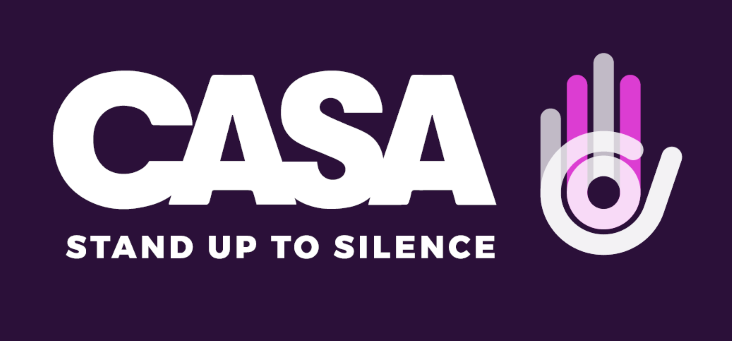




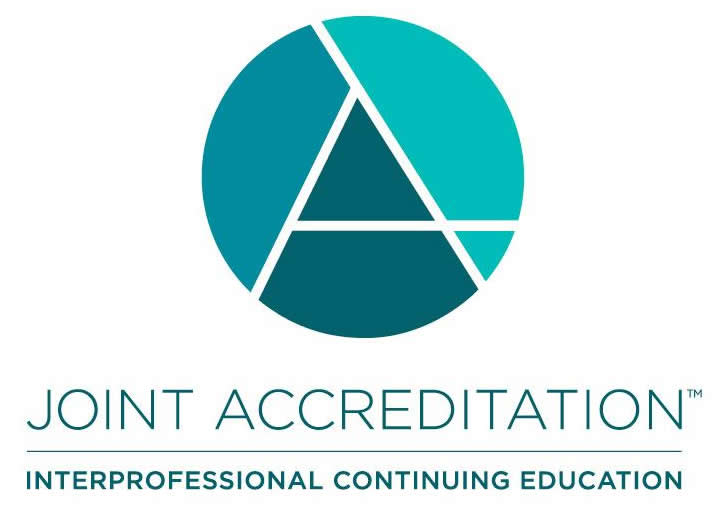
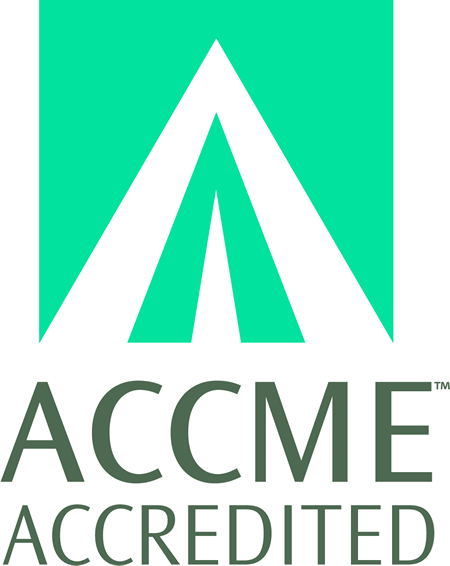
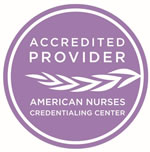
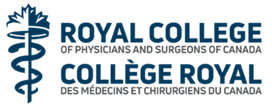

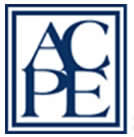
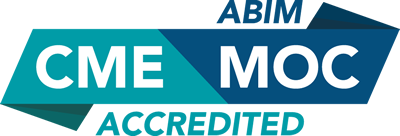 Successful completion of this CME activity, which includes participation in the evaluation component, enables the participant to earn up to 12 (part II) MOC points in medical knowledge in the American Board of Internal Medicine's (ABIM) Maintenance of Certification (MOC) program. Participants will earn MOC points equivalent to the amount of CME credits claimed for the activity. It is the CME activity provider's responsibility to submit participant completion information to ACCME for the purpose of granting ABIM MOC credit.
Successful completion of this CME activity, which includes participation in the evaluation component, enables the participant to earn up to 12 (part II) MOC points in medical knowledge in the American Board of Internal Medicine's (ABIM) Maintenance of Certification (MOC) program. Participants will earn MOC points equivalent to the amount of CME credits claimed for the activity. It is the CME activity provider's responsibility to submit participant completion information to ACCME for the purpose of granting ABIM MOC credit.



